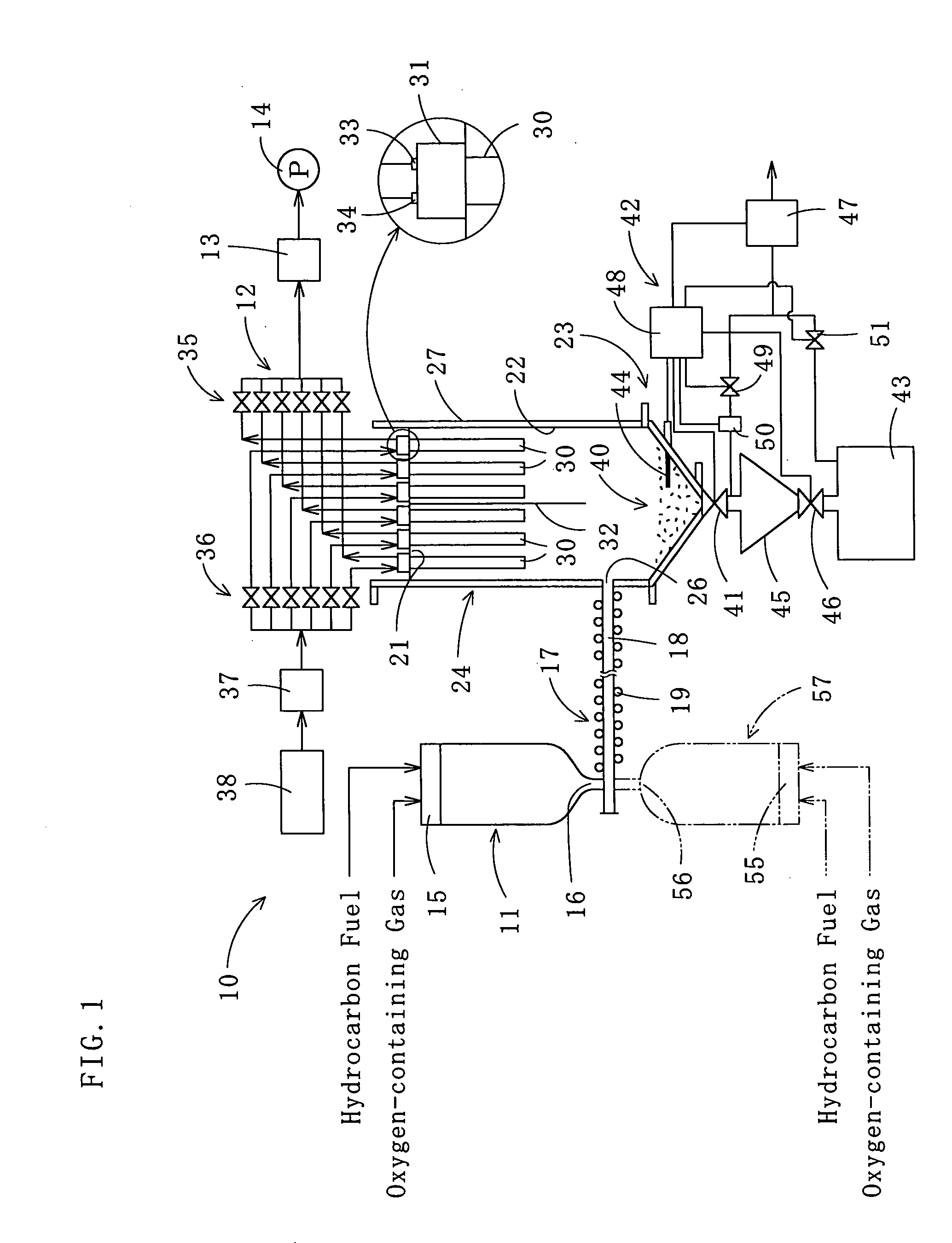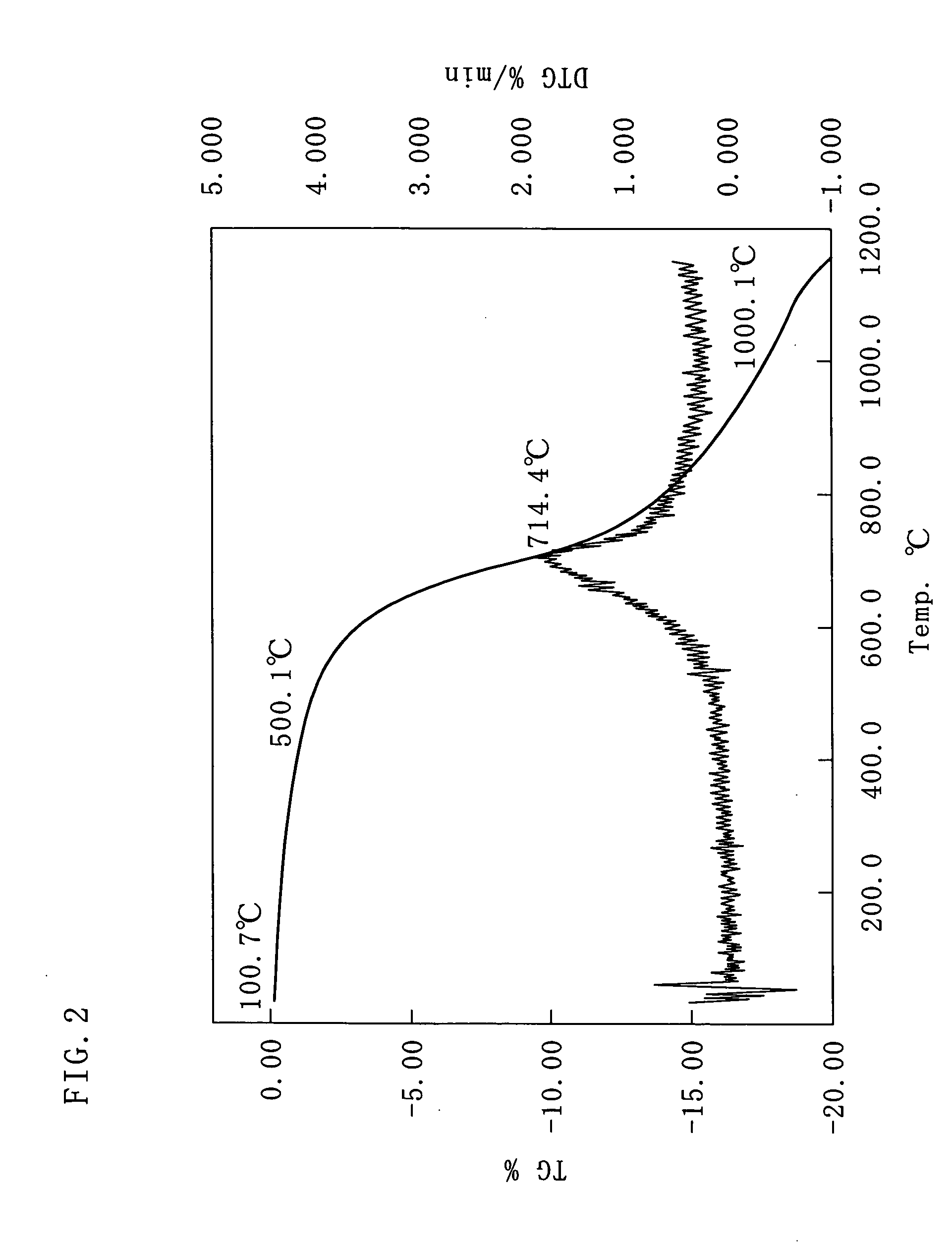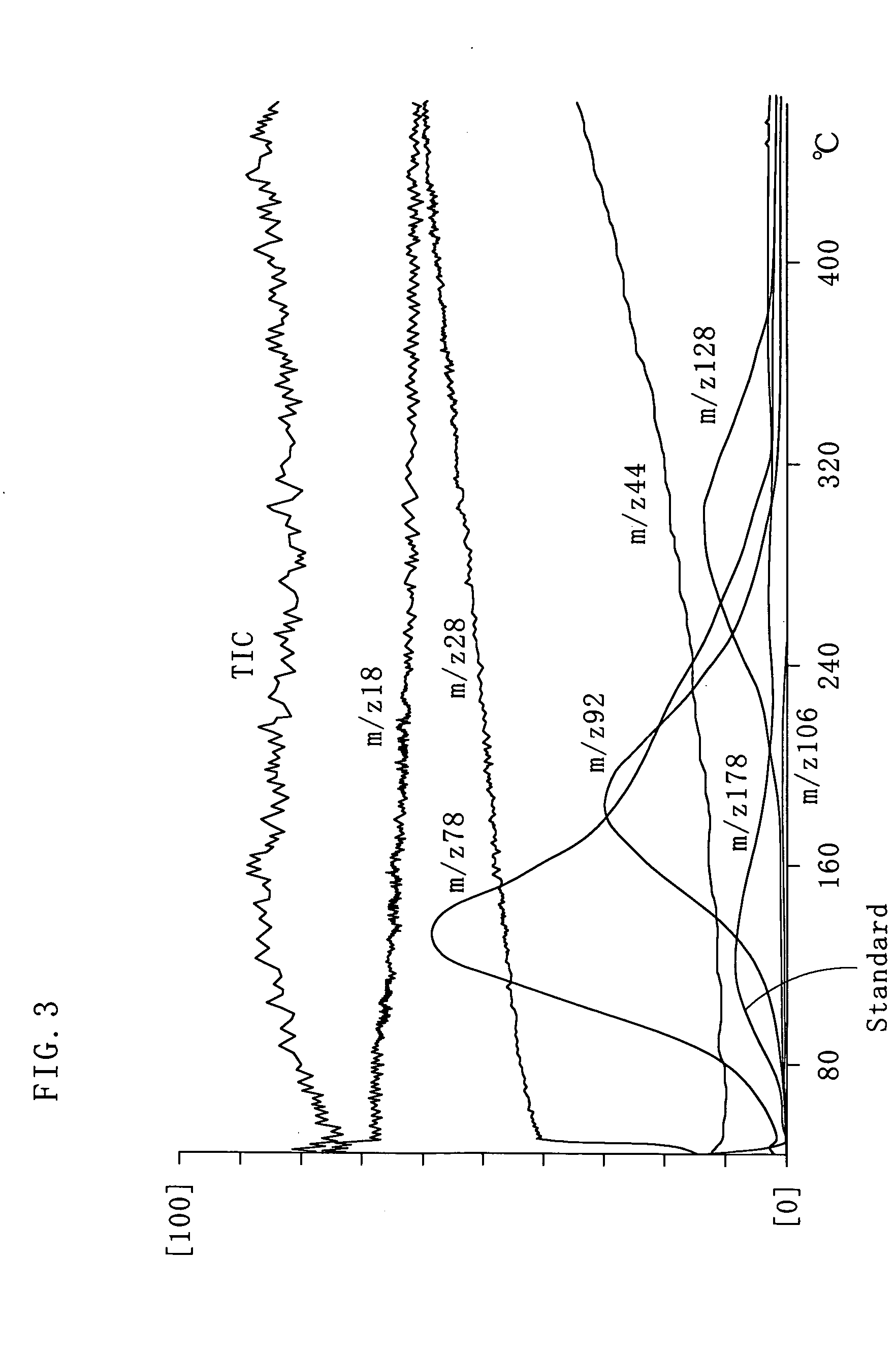Method for producing fullerenes
- Summary
- Abstract
- Description
- Claims
- Application Information
AI Technical Summary
Benefits of technology
Problems solved by technology
Method used
Image
Examples
Embodiment Construction
[0024] For a more complete understanding of the present invention, an embodiment incorporating the present invention is now described with reference to the accompanying drawings.
[0025]FIG. 1 illustrates fullerene-manufacturing equipment 10 suited for a method for producing fullerenes according to one embodiment of the present invention. As illustrated in FIG. 1, the fullerene-manufacturing equipment 10 includes a reactor 11, a filtering unit 12, a gas-cooling unit 13, and a vacuum pump 14. The reactor 11 is operable to imperfectly combust a hydrocarbon fuel to produce the fullerenes. The filtering unit 12 is operable to separate the fullerenes and soot from a gas flow containing the fullerenes and soot blown from the reactor 11. The gas-cooling unit 13 is operable to cool down the gas flow discharged from the filtering unit 12. The vacuum pump 14 is operable to discharge the gas flow out of the reactor 11, together with the fullerenes and the soot, while retaining the interior of t...
PUM
 Login to View More
Login to View More Abstract
Description
Claims
Application Information
 Login to View More
Login to View More - R&D
- Intellectual Property
- Life Sciences
- Materials
- Tech Scout
- Unparalleled Data Quality
- Higher Quality Content
- 60% Fewer Hallucinations
Browse by: Latest US Patents, China's latest patents, Technical Efficacy Thesaurus, Application Domain, Technology Topic, Popular Technical Reports.
© 2025 PatSnap. All rights reserved.Legal|Privacy policy|Modern Slavery Act Transparency Statement|Sitemap|About US| Contact US: help@patsnap.com



